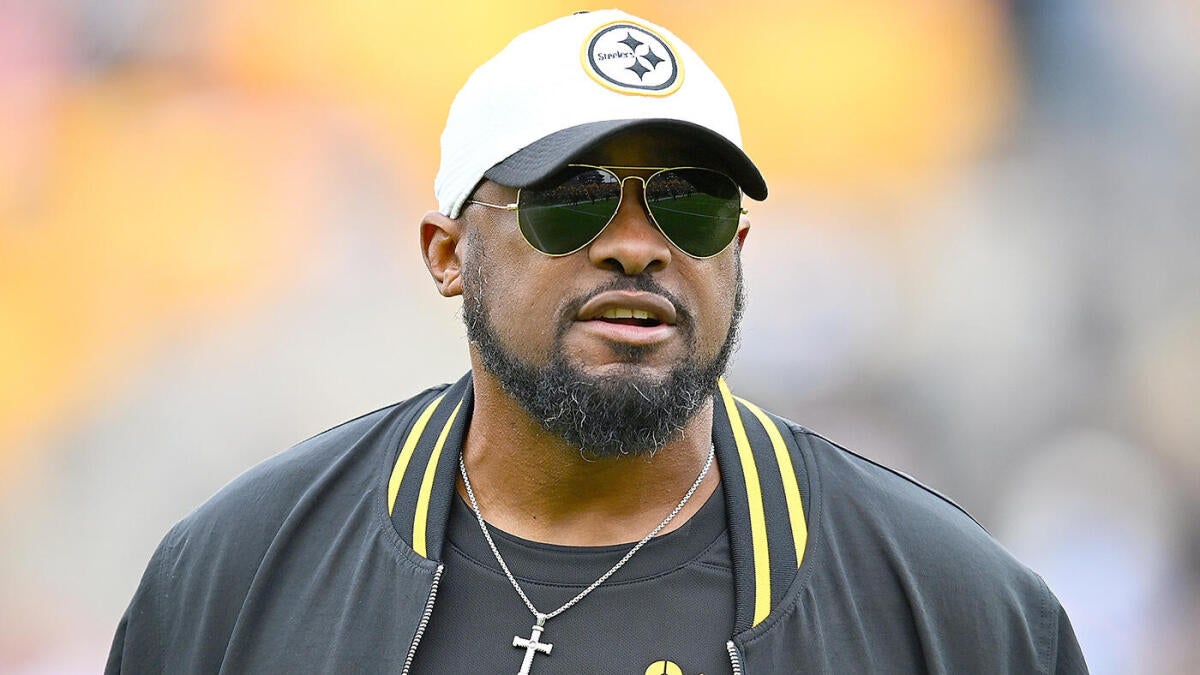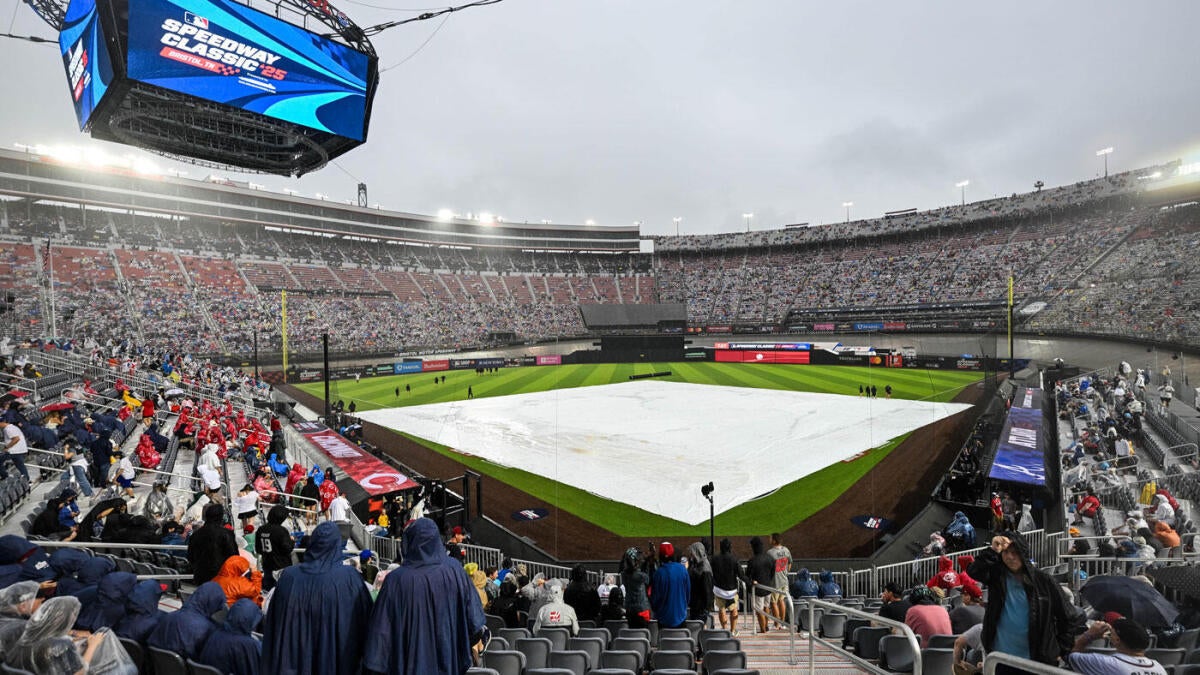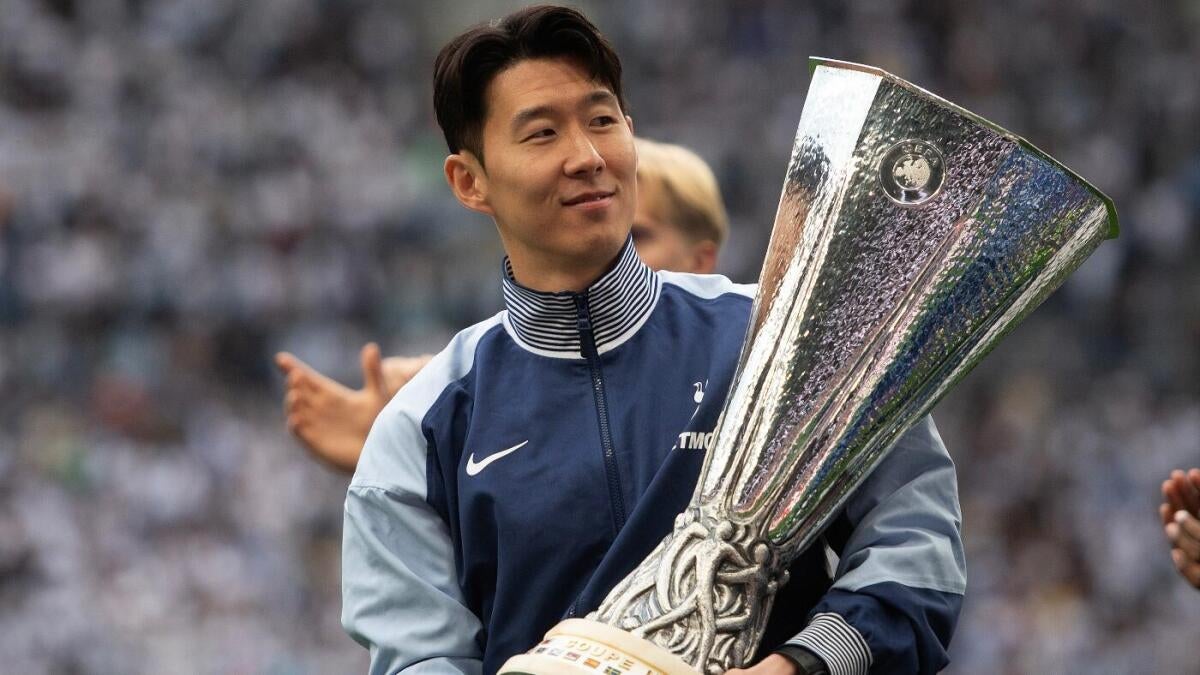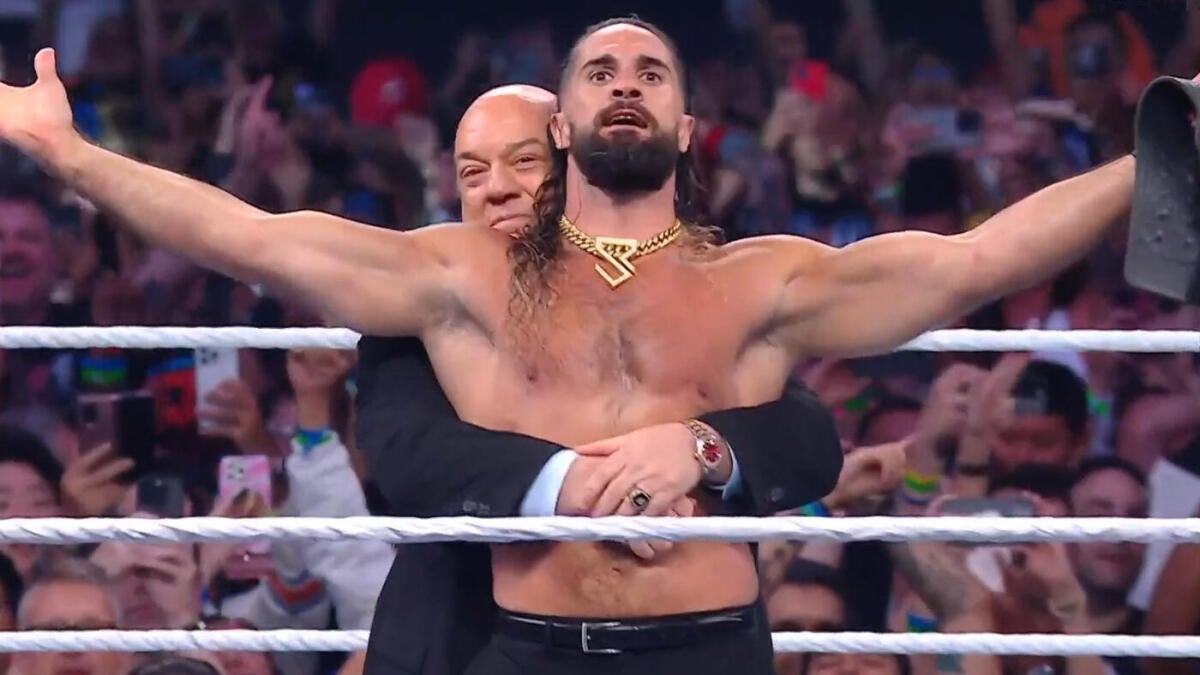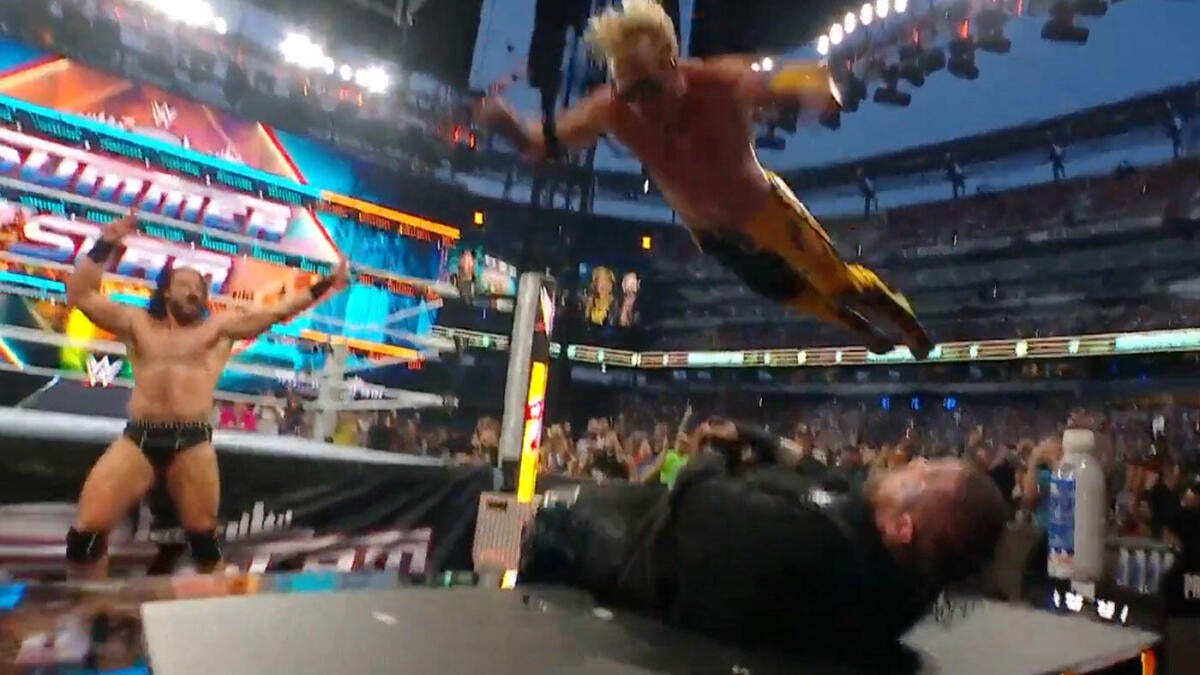“`markdown
The Evolution of Leadership in North American Sports
The world of professional sports thrives on change, yet few transitions carry the weight of a coaching dynasty coming to an end. The recent shift in tenure leadership—with Gregg Popovich stepping down after nearly three decades with the San Antonio Spurs and Mike Tomlin of the Pittsburgh Steelers now holding the title of longest-tenured head coach across major leagues—signals more than a passing of the torch. It underscores the profound impact of stability, vision, and adaptability in sports leadership.
The Unmatched Legacy of Gregg Popovich
A Dynasty Built on Discipline and Trust
Gregg Popovich’s 29-year reign with the Spurs wasn’t just about longevity; it was a masterclass in organizational culture. Under his guidance, the Spurs became synonymous with excellence, winning five NBA championships through a system that prioritized selfless play, player development, and tactical innovation. Popovich’s ability to evolve—from the Twin Towers era with David Robinson and Tim Duncan to the “Beautiful Game” style of the 2010s—showcased his adaptability.
Beyond Basketball: Leadership as a Life Philosophy
Popovich’s influence extended beyond Xs and Os. His blunt honesty and emotional intelligence fostered a culture where players like Manu Ginóbili and Kawhi Leonard thrived. His public advocacy for social justice and player welfare redefined the role of a coach, proving leadership isn’t confined to the court. As he transitions to the Spurs’ front office, his legacy remains a blueprint for building sustained success.
Mike Tomlin: The Standard of Consistency
A Foundation of Resilience
Since taking over the Steelers in 2007, Tomlin has epitomized steadiness in the volatile NFL. His Super Bowl XLIII victory and .662 regular-season win percentage (with Ben Roethlisberger at quarterback) highlight his ability to maximize talent. Unlike Popovich’s tactical shifts, Tomlin’s strength lies in his unwavering “next man up” mentality, navigating injuries, roster turnovers, and locker-room challenges without losing competitiveness.
The Art of Adapting Without Compromise
Tomlin’s tenure hasn’t been without criticism—playoff droughts and offensive struggles in recent years have sparked debates. Yet, his ability to keep the Steelers relevant despite quarterback transitions (from Roethlisberger to Kenny Pickett) speaks to his leadership. His mantra, “The standard is the standard,” reflects a culture where excuses are irrelevant—a philosophy that resonates in today’s win-now NFL.
Why Longevity Matters in Modern Sports
Stability as a Competitive Edge
In leagues dominated by free agency and short-term results, long-tenured coaches provide rare continuity. Popovich and Tomlin’s careers reveal three key advantages:
The Risks of Stagnation
However, extended tenures can backfire if adaptability wanes. The Spurs’ post-Duncan rebuild and the Steelers’ offensive struggles post-Roethlisberger test whether legacy systems can evolve. The challenge for Tomlin—and successors—is balancing tradition with innovation.
The Future: Navigating New Landscapes
Tomlin’s Next Act
With the Steelers, Tomlin faces a pivotal era: developing a young quarterback while maintaining defensive dominance. His ability to modernize the offense (e.g., incorporating analytics, embracing mobile QBs) will define his late-career legacy. Ownership’s patience is an asset, but in the NFL, even legends face expiration dates.
Popovich’s Shadow and the Spurs’ Rebirth
As an executive, Popovich’s eye for talent (e.g., drafting Victor Wembanyama) could spark a new dynasty. His challenge? Replicating his coaching magic in the front office—a transition few (like Pat Riley) have mastered.
Conclusion: The Enduring Power of Visionary Leadership
The stories of Popovich and Tomlin transcend wins and losses. They exemplify how leadership—rooted in authenticity, adaptability, and accountability—can shape decades of success. In an era where coaches are disposable, their careers remind us that greatness isn’t about reinventing the wheel every season but about building systems that endure.
As the NFL and NBA evolve, the lessons from these icons remain timeless:
– Culture outlasts talent.
– Adaptation isn’t betrayal—it’s survival.
– The best leaders don’t just coach teams; they build legacies.
The next generation of coaches will study Popovich’s humility and Tomlin’s resilience, but their true legacy lies in proving that in sports, the rarest victories aren’t trophies—they’re traditions that stand the test of time.
“`







